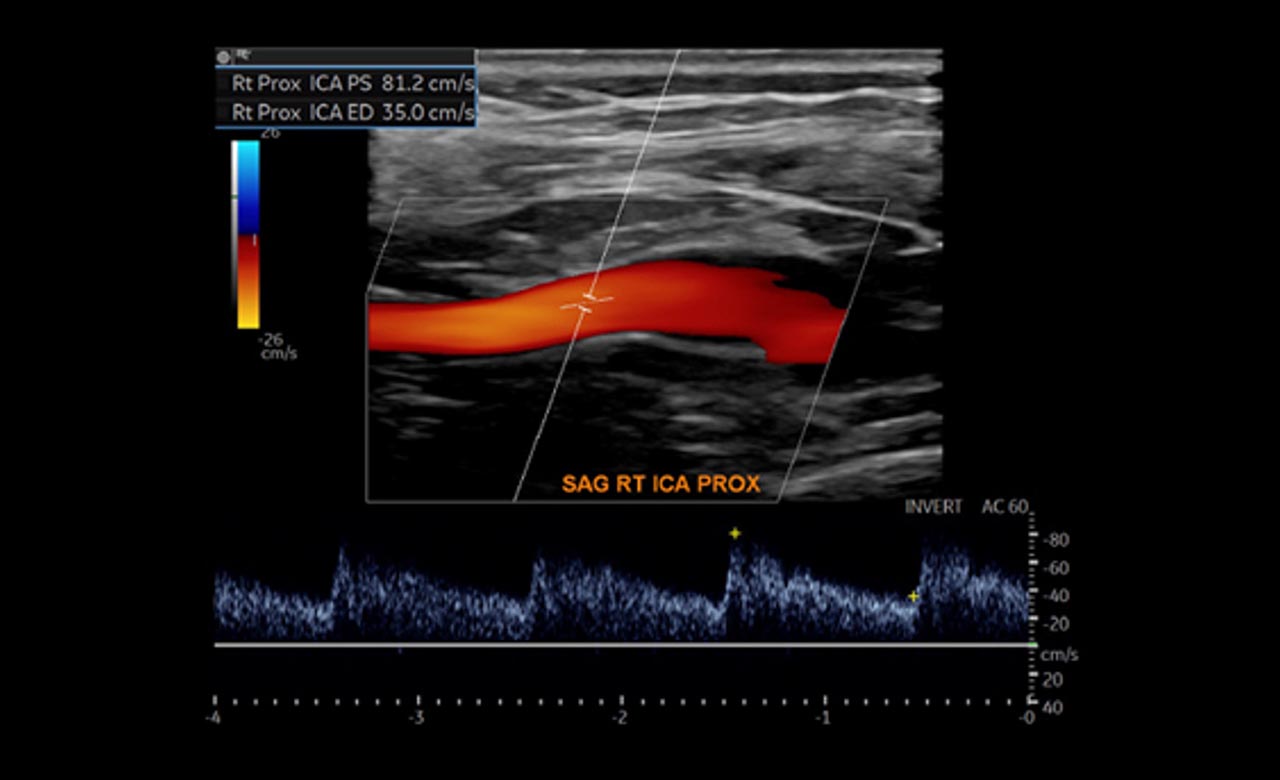Vascular ultrasounds are imaging testing usually done to analyze the blood flow in different body parts, especially in the arms and legs. This test is vascular Ultrasound as it may help to monitor the blood flow in veins and arteries. This method emits sound waves on desired body parts to get information about the vessels and blood flow. Different types of vascular ultrasounds help in the diagnosis of various kinds of diseases. All of the types are discussed below;
Carotid Ultrasounds
This Ultrasound is to monitor those arteries that supply blood to the brain. There are numerous reasons, some of which are;
- Blood clot diagnosis purpose
- Blood pressure and cholesterol issues
- Stroke-related problems
There are no specific measures or instructions for the patient before this Ultrasound. However, you should wear a shirt which doesn’t cover your neck.
Renal Ultrasounds
The Ultrasound test deployed for the imaging test of your kidneys and bladder is renal Ultrasound. The patient doesn’t experience any pain or discomfort during this Ultrasound. This imaging test diagnoses kidney stones, abnormal size of kidneys and their locations, bladder-related problems, and many other reasons.
Aortic Ultrasounds
The main heart vessel that carries blood from the heart to the circulatory system is the aortic vessel, and the imaging test to monitor this vessel is aortic Ultrasound. The test determines if the patient has any risk of developing abdominal aortic aneurysms; the doctor may diagnose this disease timely and treat it accordingly.
Arterial Ultrasounds
This imaging test usually diagnoses any problem and complication in arteries. If the artery has any blockage or abnormality, your healthcare provider will treat you accordingly. This procedure could be done for any part of the body.
Doppler Ultrasounds
Doppler ultrasounds could determine the frequency of your blood flow through blood vessels. High-frequency sound waves are used in this procedure. This procedure may help your healthcare provider in diagnosing a variety of diseases, some of which are;
- Decreased blood circulation
- Blood clots
- Blocked artery
This test could also be done if your arteries have any injury or abnormality.
Ankle Brachial Index
This test is done to diagnose peripheral arterial disease, also called PAD mainly. The main reason behind this disease is the narrowness of the arteries. When the arteries narrow at a certain peak point, it dramatically reduces the blood flow to the arms and legs. This condition made daily life tasks difficult for the patient as it may affect walking ability.
Pulse Volume Recording
The PVR mainly measures the blood pressure and blood flow. It is primarily used to measure the blood flow and pressure in the legs or arms. This test also helps in diagnosing PAD and some artery-related abnormalities. Your doctor or the person who will arrange this test for you will ask you to quit smoking and certain medications before this test.




